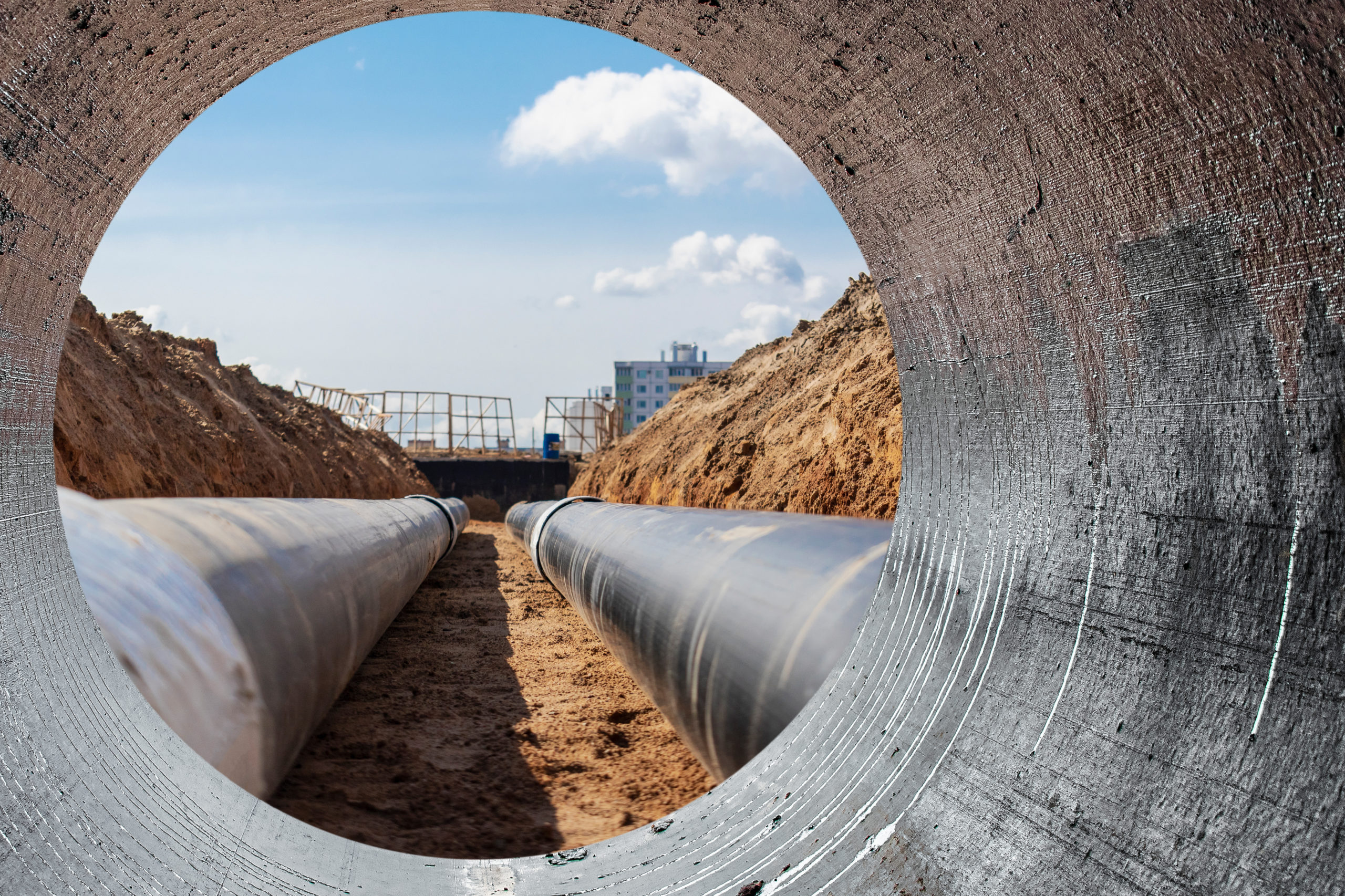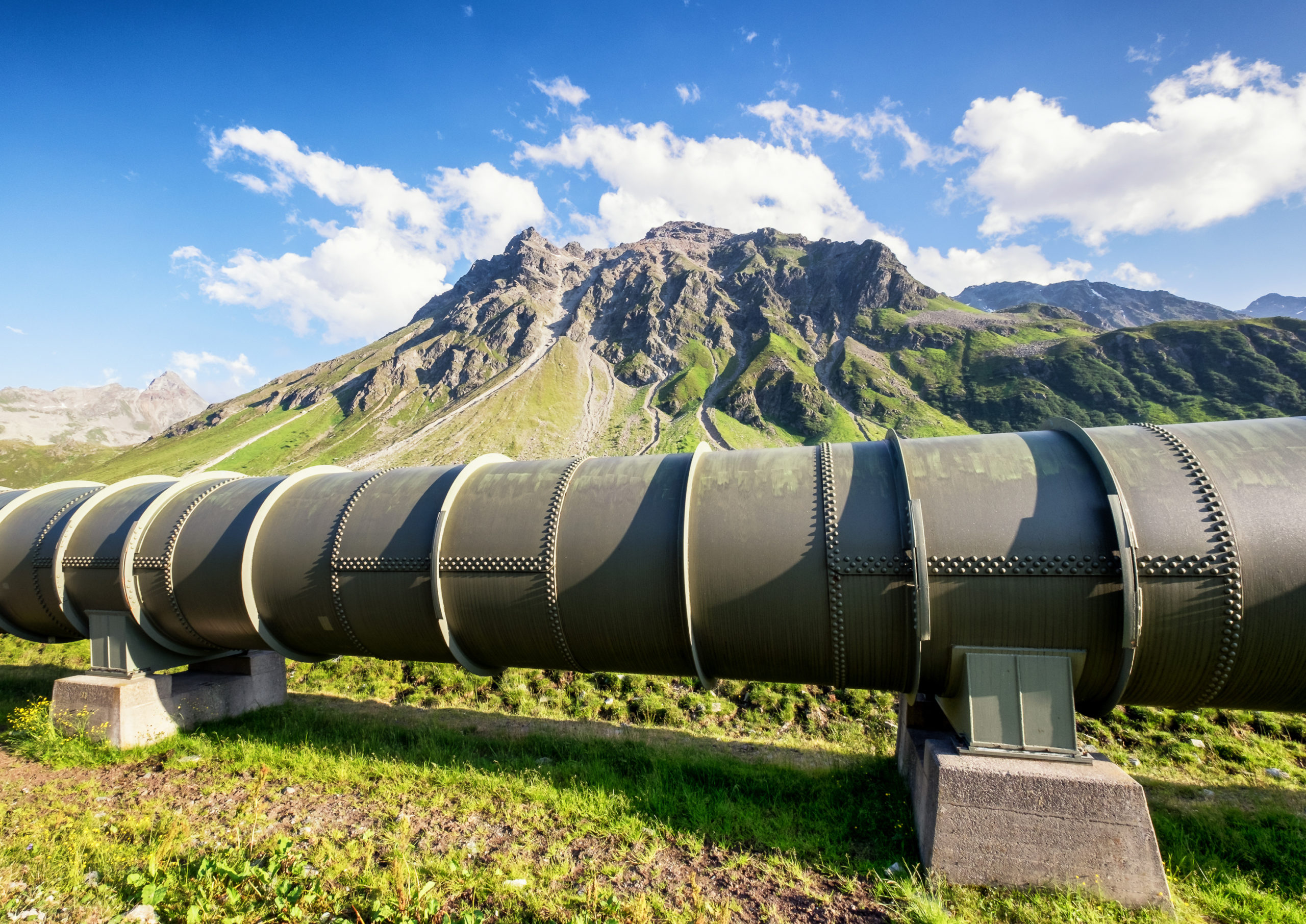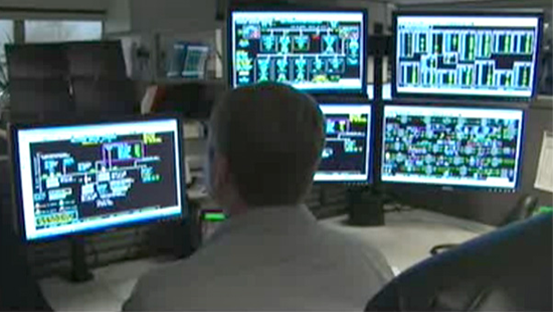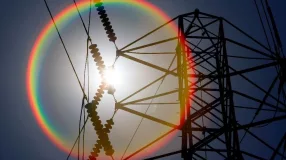Team USA saw significant triumphs in the 2018 Winter Olympics. Figure skater Mirai Nagasu became the first American woman to land a triple axel in the Olympics, John-Henry Krueger brought home the silver in 1,000-meter short track speed skating, the USA’s first individual speed skating medal since 2010, the USA men’s curling team won their first-ever Olympic gold, and the women’s hockey team unseated Canada to take home gold. All four of these remarkable feats have one things in common: they took place on ice. To achieve this success, the athletes train on ice all year, even in the warm summer months. With around 3,000 ice skating rinks in the United States and half of them open year-round, keeping the ice cold and perfect for all events is not an easy task. These facilities use natural gas equipment to reduce energy costs, lower emissions and provide a more comfortable skating environment.
One of the major challenges of ice skating rinks is keeping the ice frozen. Natural gas plays a key role in keeping ice at the right temperature at a low cost. For example, The Super Rink in the National Sports Center in Blaine, Minn., uses several sophisticated natural gas systems to control everything from ice quality to humidity, all while keeping costs low. The rink uses nine different natural gas applications to make and maintain four Olympic-sized ice sheets. These applications allow the rink to save energy, maximize efficiency and improve indoor air quality. The thermal energy created from the natural gas engine is captured to regenerate the cooling systems. This process improves the system efficiency to around 80 percent. Four natural gas-powered dehumidification systems located in the Super Rink help control the amount of moisture in the building, maintain ice quality and allowing the rink to stay open year round.
Natural gas not only plays a role in keeping the ice frozen but also in keeping it smooth. Everyone loves to watch the Zamboni glide over the ice between skating exhibitions. When these ice resurfacing machines were invented they were mainly powered by gasoline. This required ice skating rinks to have gasoline tanks onsite. Now manufactures are using greener choices like natural gas to power Zambonis, which allows for quick refueling and eliminates some of the dangerous fueling materials at the rinks. Natural gas-powered Zambonis also lower carbon monoxide emissions, ensuring better air quality inside the rinks.
Overall, using natural gas to power multiple aspects of a skating rink not only improves experience on the ice, but also experience throughout the entire facility. Next time you re-watch ice skating, hockey or curling in the Olympics, remember the key role natural gas has played to make your favorite sports happen.







